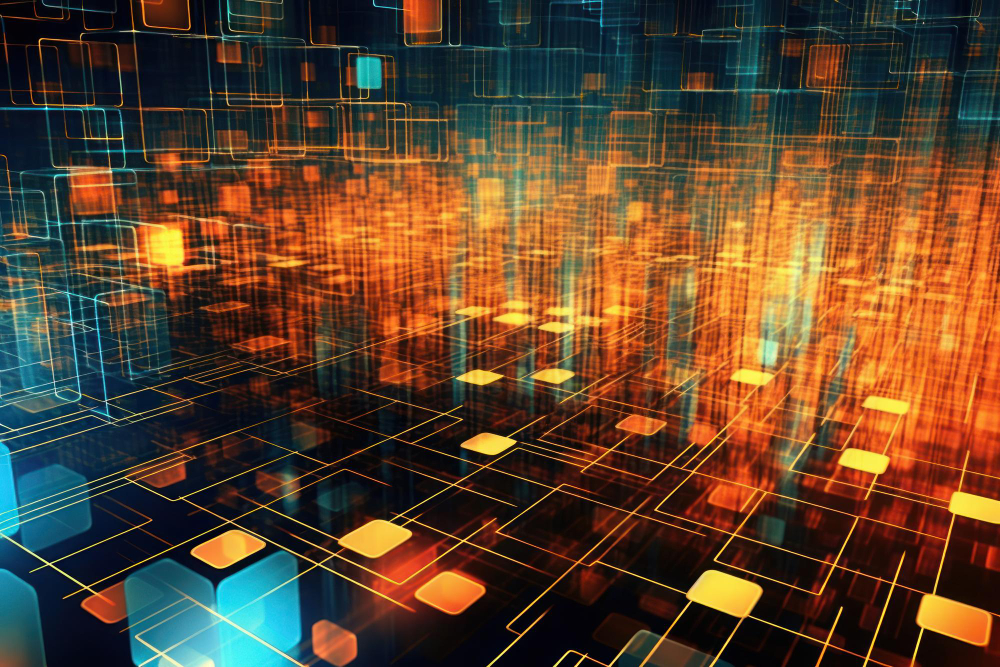
The technology of blockchain continues to improve on a regular basis, with newer solutions and features appearing all the time. Third-party options also emerge, helping to solve some of the issues that exist in blockchains, whether by design or due to other reasons.
- What is a Blockchain Oracle?
- How Does a Blockchain Oracle Work?
- A Blockchain Problem
- How Does an Oracle Solve This Issue?
- An Oracle Problem
- The Types of Blockchain Oracles
- Hardware and Software Oracles
- Inbound and Outbound Oracles
- Centralized and Decentralized Oracles
- Human Oracles
- Contract-Specific Oracles
- Compute-Enabled Oracles
- Blockchain Oracle Design Patterns
- Ways to Use Blockchain Oracle
- Advantages of Using Oracles
- Risks of Using Oracles
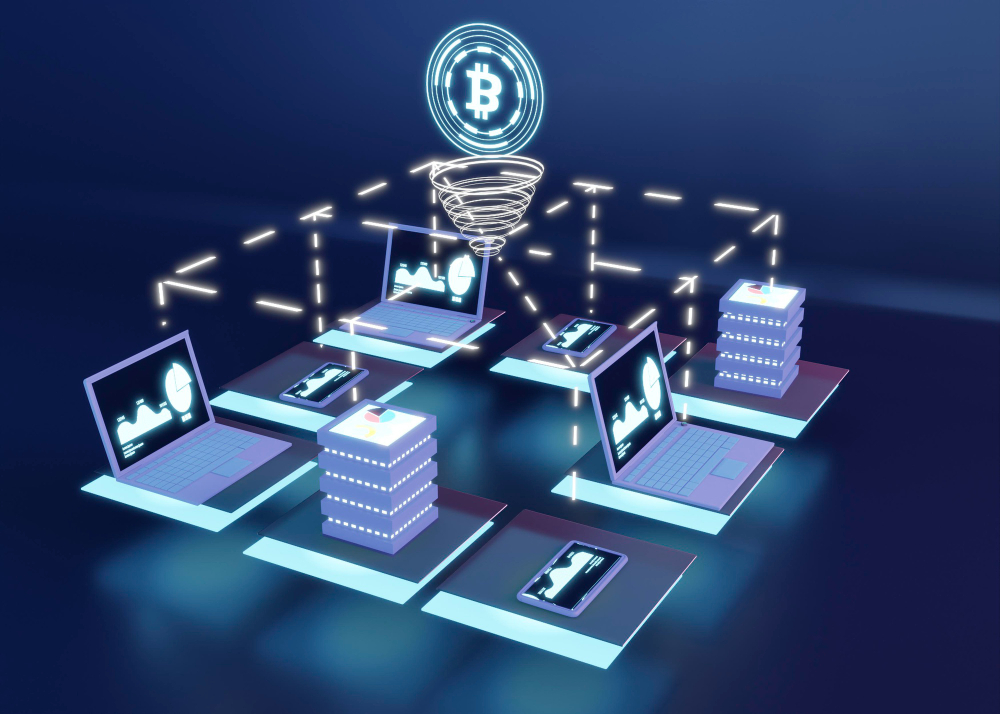
Blockchain oracles are among such services. By allowing blockchains to interact with “outside” world data and smart contracts, they significantly widen their capabilities. Our article will provide the main information about how oracles work while also explaining in detail their types, advantages, and disadvantages, as well as the issues they solve.
What is a Blockchain Oracle?
An oracle is a service that makes it possible for blockchains to exchange data with the outside world. This way, it allows them to receive or provide the information, enabling access to various data systems and computations. Since blockchains usually can’t interact with such information because they are closed, immutable systems,.
How Does a Blockchain Oracle Work?
Oracles are usually third-party services that focus on solving certain issues. They make it possible to receive or provide data from or to the outside world, depending on the needs. Technically, being a middleware, they act as a mediator between the data of the crypto world and a real one.
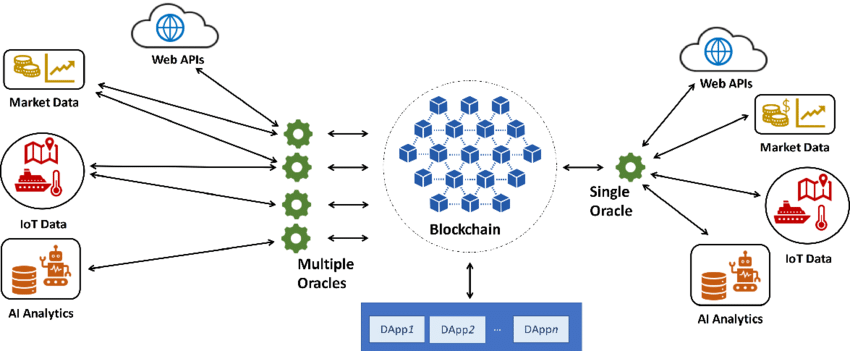
Image below shows how blockchain oracles work as an intermediary.
A Blockchain Problem
As we have already stated, blockchains cannot interact with the outside world on their own. The reason is their design: they are usually pretty closed, which increases their level of security, safety, and immutability. Such a system cannot work with the real-world information without using additional intermediaries. And this is when an oracle comes into play.
How Does an Oracle Solve This Issue?
An oracle allows a blockchain to receive the information from elsewhere. In some cases, certain oracles even make it possible to exchange data. There are various technologies that play a role in the work of the system, mainly designed to prevent possible security breaches and actively verify the information. Oracles also come in different shapes and sizes, depending on the direction of data flow, their centralized or decentralized nature, and other things.
An Oracle Problem
There is a possibility that oracles can introduce additional vulnerabilities and problems. For example, the data can be hacked, or there might appear incorrect data in the flow. Those are mostly true for the centralized types of oracles, although the decentralized ones have their own issues. Different services take various ways to deal with issues.
If you want to read more about it, check the “Risks of Using Oracles” section at the bottom of this article.
The Types of Blockchain Oracles
Since oracles usually solve different issues and perform various tasks, it does not come as a surprise that there is a diversity of them, with some solving only specific problems. Let us take a look at the main kinds of blockchain oracles that exist.
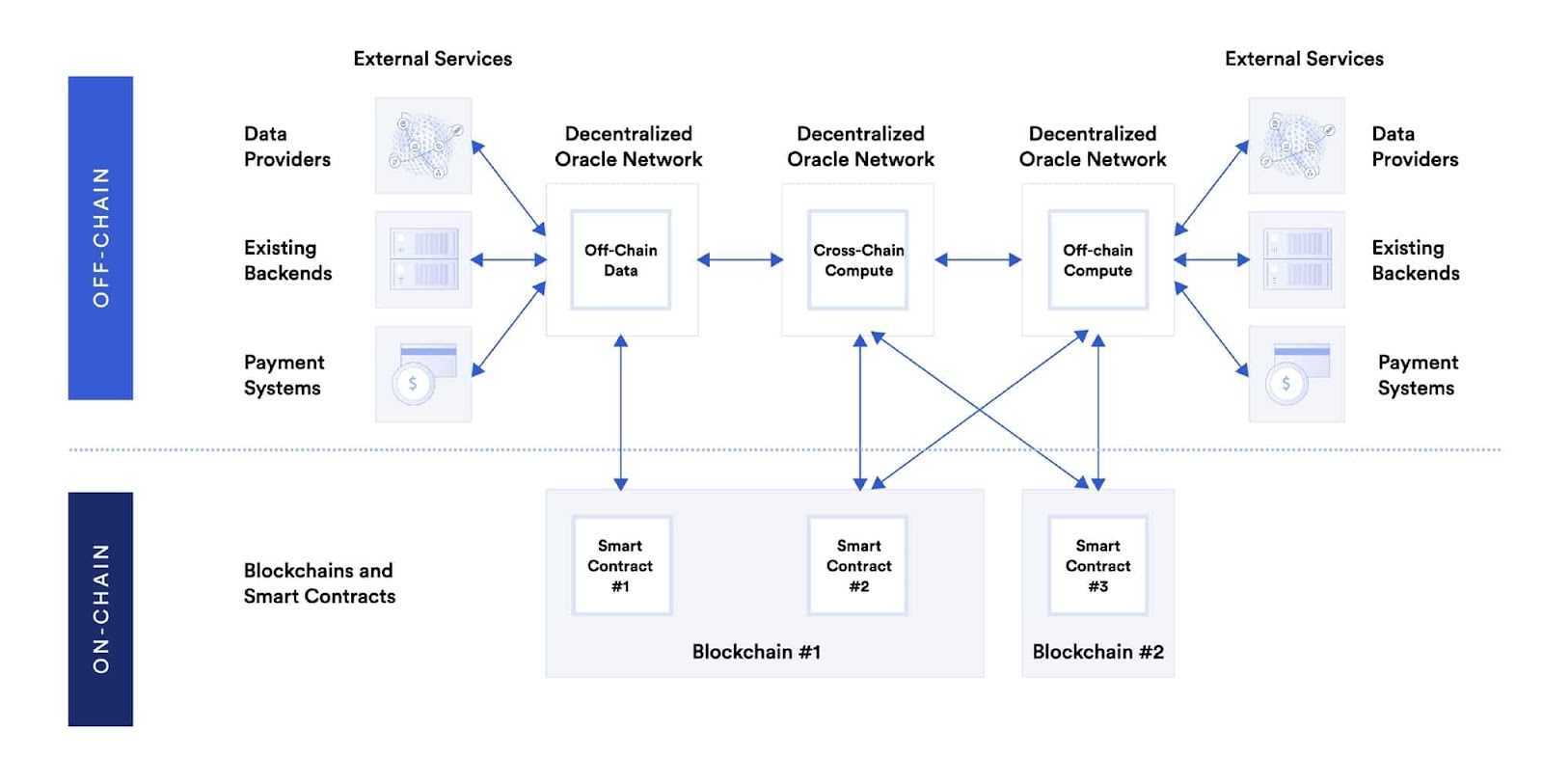
Image below shows some of the types of oracles and how they work. Source: chain.link.
Hardware and Software Oracles
Hardware oracles get data from physical devices and share it directly with a blockchain. It is one of the most straightforward concepts. For example, data from sensors can work.
Inbound and Outbound Oracles
This one is simple: inbound and outbound just mean the direction of the flow of data that the oracle uses. Inbound ones that feed the information onto the blockchain are usually much more common, but outbound ones also exist and have their place.
Centralized and Decentralized Oracles
Centralized ones rely on a single data source or authority. This can provide great results and a certain level of reliability, but there are possible vulnerabilities and a single point of failure. In this case, there is a need to put a lot of trust in that data source.
Chainlink, the most popular blockchain oracle, is a decentralized one.
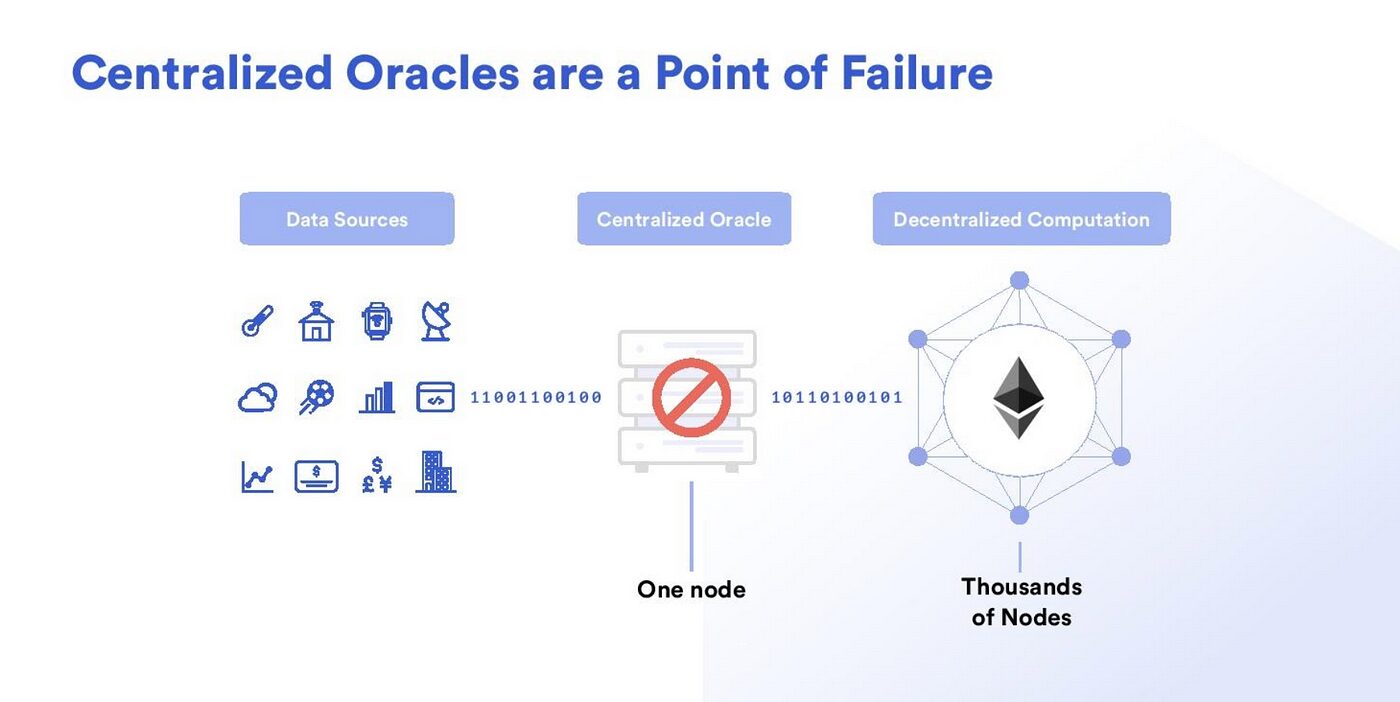
Image below shows how centralized oracles can become a single point of failure.
Human Oracles
Probably, the most unexpected type of oracles. In this case, humans can manually enter data into a blockchain. This might be useful for specific cases. To increase the level of trust, these systems usually involve a thorough identity verification process.
Contract-Specific Oracles
These oracles are specifically designed for certain smart contracts. They are not universal at all, and are usually focused on a single very specific use case. In some cases, there is even no need to use them after providing the information.
Compute-Enabled Oracles
Apart from providing data, this group of oracles usually performs complicated computations that cannot be done on-chain. They do so or execute the code on behalf of the smart contracts. They significantly enhance the capabilities of blockchains, although it is important to consider that they may introduce additional attack vectors.
Blockchain Oracle Design Patterns
When the developers design oracles, there are several things that they have to keep in mind. First, it is important to remember that there are always three stages in each oracle’s workflow: collecting the data, transferring it, and making it available. In the end, all of the patterns will differ based on two factors: the frequency of extraction and the direction of data flow.
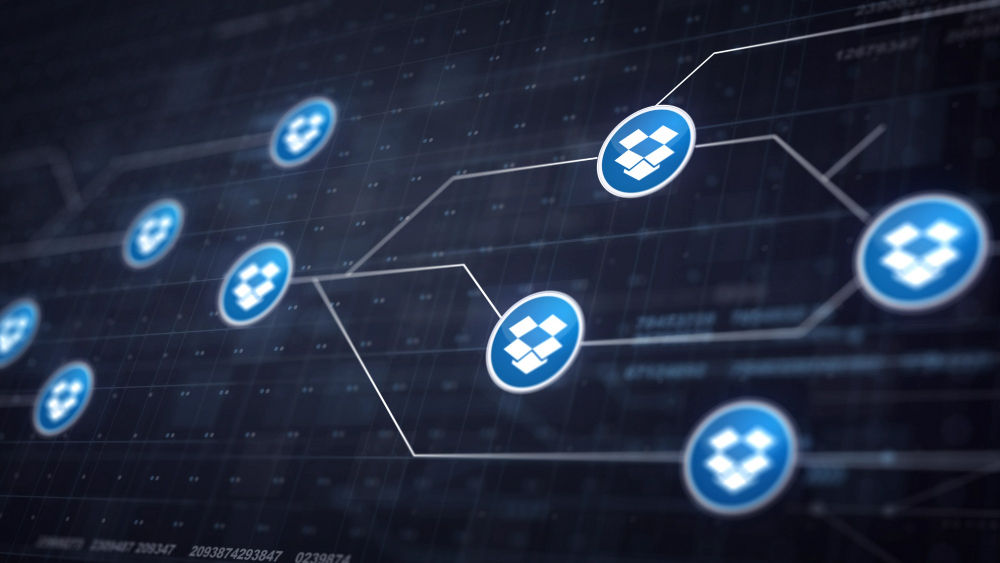
Here are possible patterns based on the extraction frequency:
- Immediate-Read.
- Publish-Subscribe.
- Request-Response.
Based on the data flow direction, there are two patterns: inbound and outbound oracles. We have covered both in the “The Types of Blockchain Oracles” section earlier in the article.
Ways to Use Blockchain Oracle
There is a great diversity of possible use cases for blockchain oracles. The possibilities are nearly endless, since there are many kinds of oracles and a developer can design them for very specific cases. Let us take a look at some examples.
- DeFi.
- NFT.
- Insurance.
- IoT data integration.
- Supply chain management.
Advantages of Using Oracles
Oracles solve many issues, but most importantly they allow blockchains to interact with the outside world and receive or send data. Obviously, this comes with many possible advantages, below are some of them.

- Data access. This one is obvious and we have covered it extensively in this article.
- Automation. Oracles can automate many processes such as fetching and verification.
- Trustworthiness. As we have already stated, oracles offer additional verification mechanisms. Moreover, there are different technologies to ensure the accuracy of data that the oracles use.
- Real-world integration. Since oracles bridge the gap between blockchains and the outer world, they make some use-cases possible, especially those that require a lot of the real-world data.
- Flexibility. Since the oracles can be tailor-made for very specific use-cases, they can significantly enhance the capabilities of blockchains. Moreover, they can target very niche problems.
Risks of Using Oracles
Of course, there are weak points and certain cons of using oracles. In most cases, those are minor, but there are ways to minimize them. Let us check out possible disadvantages.
- Centralization risks. If the oracle in question is of a centralized nature, then it might introduce certain security risks and become a single point of failure. In this case, the main way to prevent such issues is using a trustable solution.
- Security vulnerabilities. Oracle systems are subject to certain attacks and may introduce certain vulnerabilities such as data breaches. It is very important to secure the solution you are using and make sure that the safety concerns are addressed.
- Data manipulation. This risk is especially. high when using centralized options since they rely on a single source of data and do not always have additional mechanisms for verification.
- Costs. Implementing oracle systems can get expensive quickly for the infrastructure. Of course, some solutions are cheaper but there are still many costs involved, such as gas fees and maintenance price.
So, it’s only your choice to use Oracle or not.
